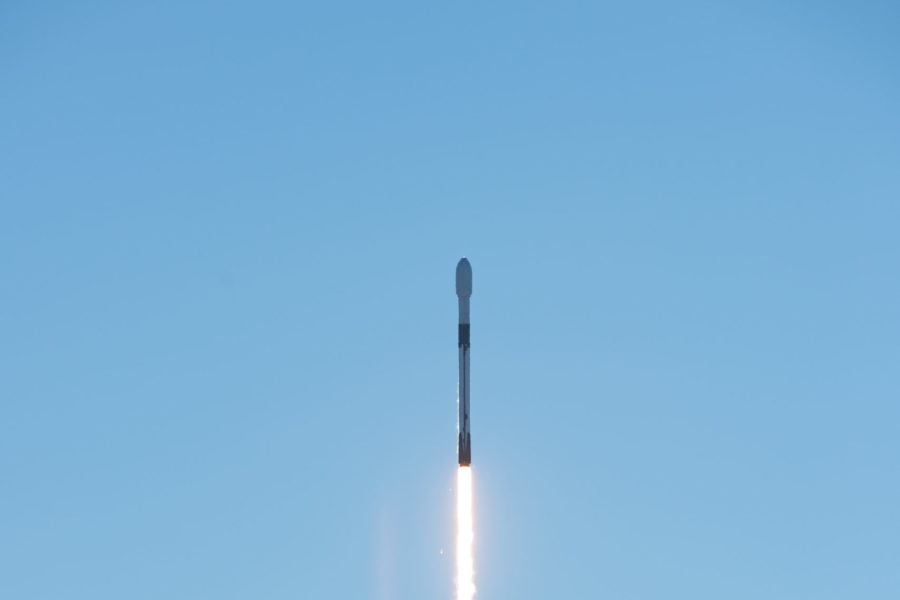The leader of the National Reconnaissance Office said the NRO will follow instructions from U.S. Space Command if needed. Meanwhile, the NRO awaits a finding by the Space Force on whether the office’s intelligence, surveillance, and reconnaissance activities “need to expand.”
In a webinar hosted by AFA’s Mitchell Institute for Aerospace Studies on Aug. 4, NRO director Christopher Scolese described how the office is formalizing its roles and relationships among the defense space and intelligence agencies.
Addressing the needs of both the Defense Department and Intelligence Community, the NRO gets its instructions—“what to look at and listen to”—from the National Security Agency and the National Geospatial Intelligence Agency, Scolese explained.
“They collect all the requirements from the combatant commands, from the broader DOD, and from the Intelligence Community,” Scolese said. The two agencies “then let us know where the priorities are, and then we go off and manage the constellation.”
The NRO has had “a longstanding relationship” with U.S. Space Command and its predecessors, Scolese said. Now the two entities are hammering out “the framework for how we’re going to operate under various conditions.
“Because it will be necessary for us to coordinate and, in some cases, take direction. And we have agreed to do that. We’re in the process of developing the strategies on how that happens, and when it happens, and under what situations it happens,” he continued. “For the most part, it’s a coordination effort, but it sometimes will be, ‘Hey, you need to do this.’ And we will do that.”
Like the Space Force, Scolese said the NRO is adding to its satellite constellations to make them more resilient against attacks—and that doing so is also making the system “more responsive” because with more satellites, the office can revisit sites for observation more frequently.
Smaller satellites built on common buses are also adding to the constellations’ resilience because they’re fast to replace and can be launched from more sites. NRO launches have now taken off from Rocket Lab’s New Zealand hub and NASA’s Wallops Flight Facility in Virginia in addition to the typical Eastern Range and Western Range launch sites in Florida and California; and an air-launched flight from the U.K. is coming up later this year.
“Having the capability to launch pretty much from almost anywhere in the world gives us great flexibility,” Scolese said. “Should we lose a capability either due to a mission failure or … if we should lose them due to some adversary action that would take them out, we now have more places to go off and launch from and, therefore, reconstitute the constellation.”
Scolese said he didn’t foresee big changes to the NRO’s role based on a study of its intelligence, surveillance, and reconnaissance activities. He didn’t see a need for the Space Force to contract separately for commercial ISR products because it makes the information it acquires readily available.
“So the mechanism is there already for organizations to take advantage of,” Scolese said. Meanwhile the Space Force is “studying ISR in general. They will find out if we need to expand that, or if it’s fine as is, and then we’ll adjust, or adjust as a community.”
